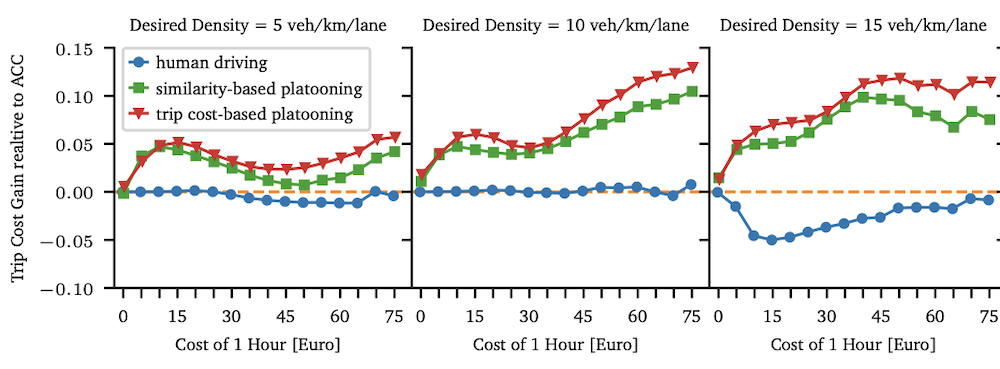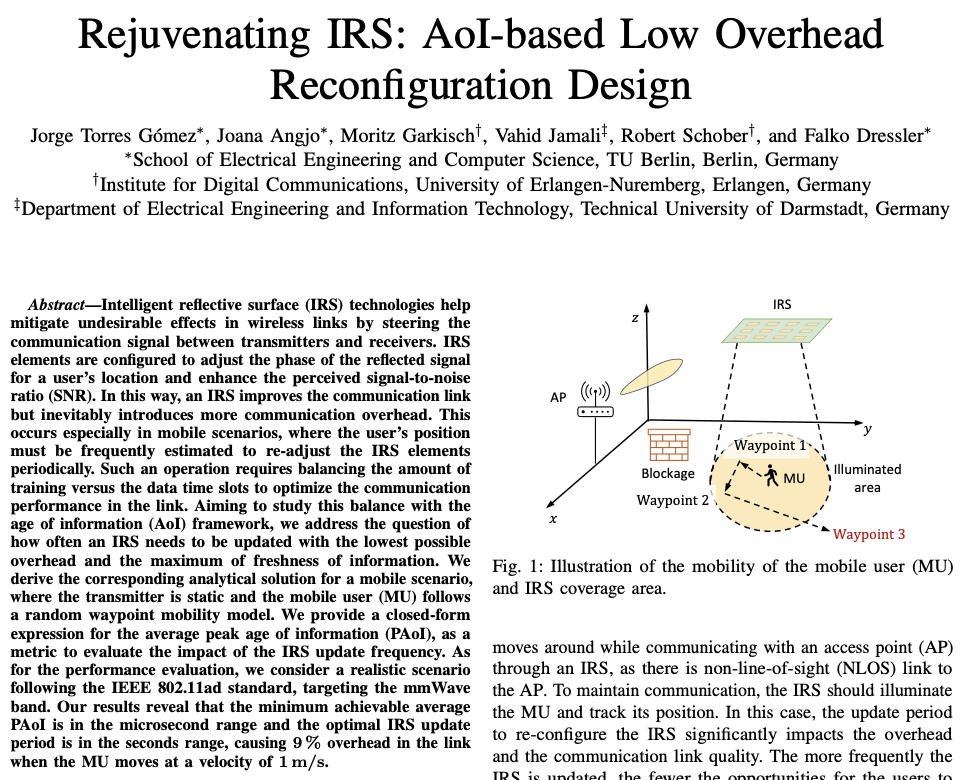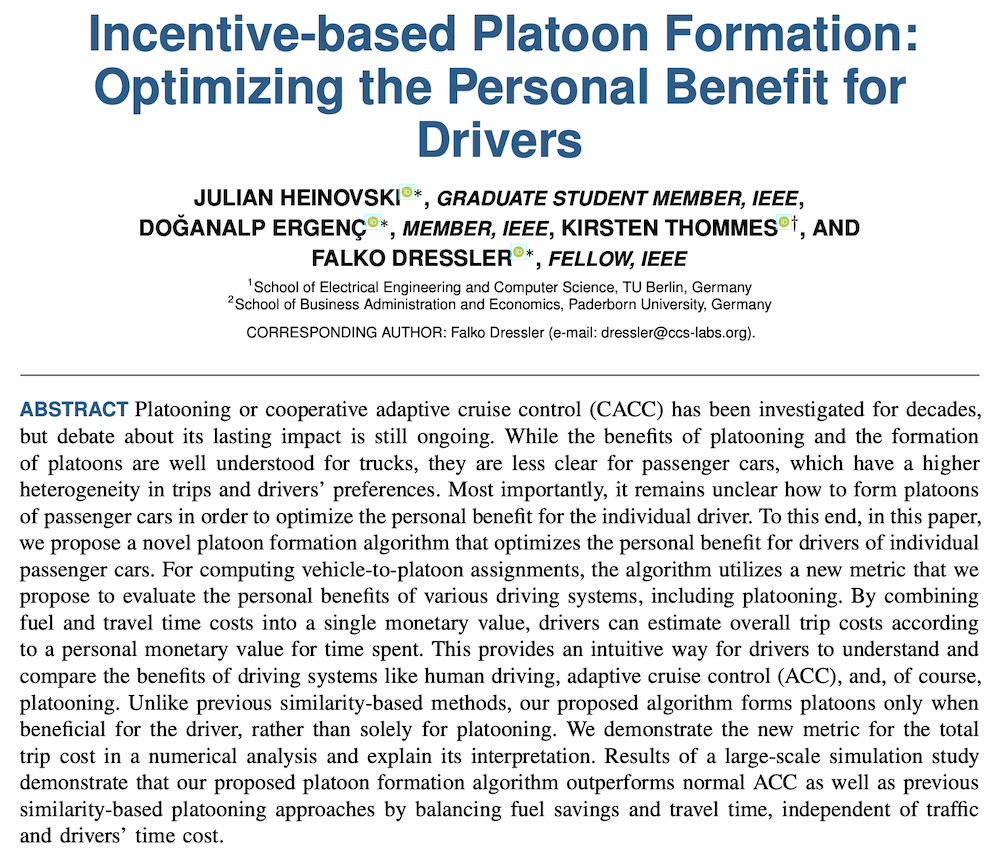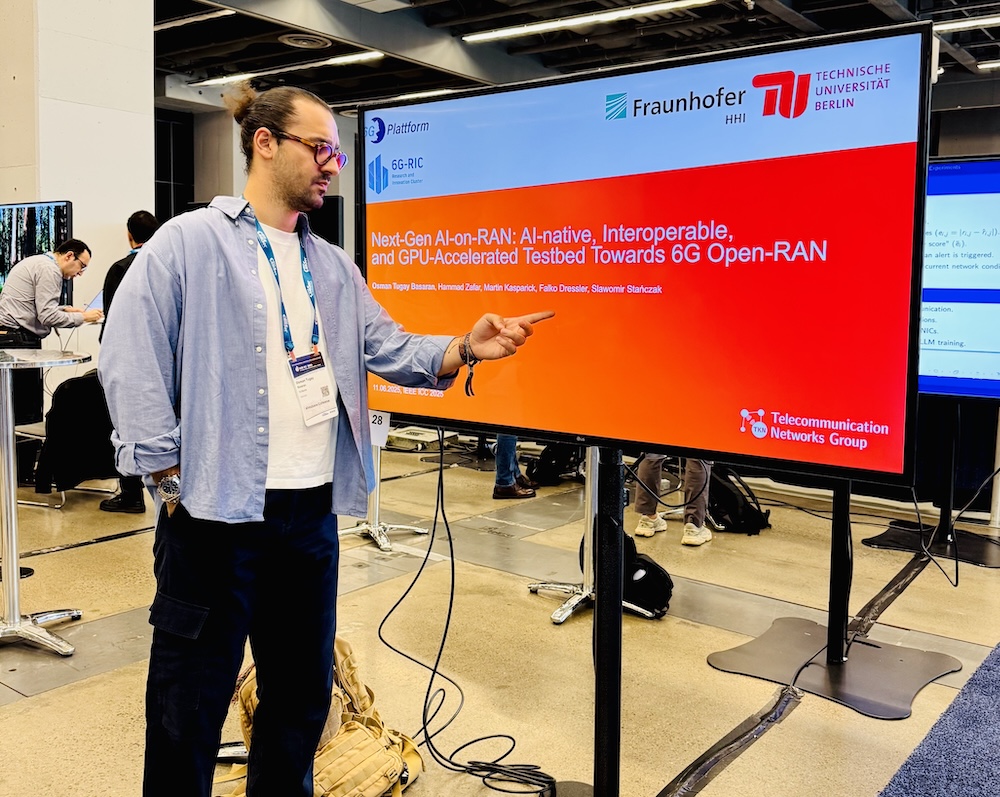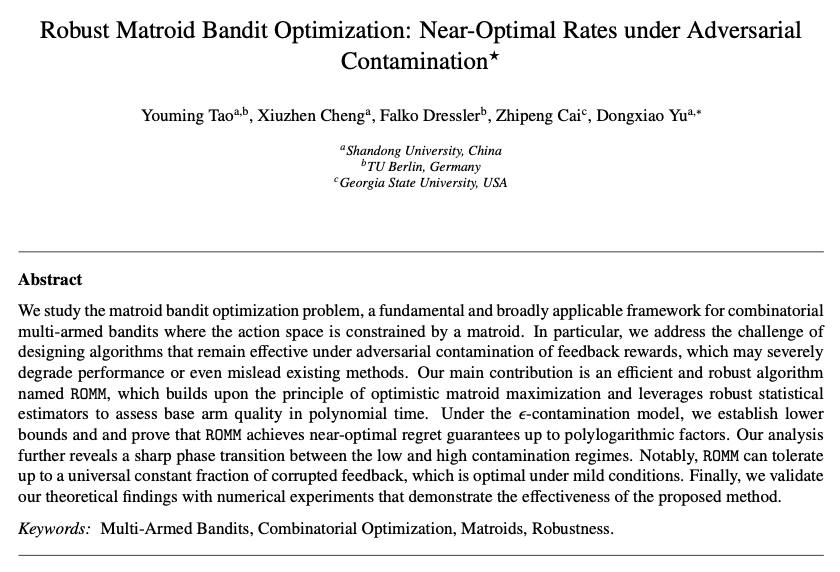Literature Database Entry
dressler2022ctc-talk
Falko Dressler, "From Co-Existence to Resilience through Cross-Technology Communication," Keynote, International Conference on Wireless Communications Signal Processing and Networking (WiSPNET 2022), Virtual Conference, March 24, 2022.
Abstract
Co-existence of radio communication technologies has always been one of the key challenges in wireless communications. This particularly holds for listen-before-talk / carrier sensing based protocols. Coding, frequency hopping, and dynamic channel assignment techniques have been developed as mitigation strategies. Recently, co-existence has been studied as an opportunity rather than just an annoying nuisance. Cross-technology communication (CTC) is the key to solve performance issues in co-existence scenarios through collaboration and coordination among co-located networks. After some first approaches forming narrowband IoT waveforms using WiFi chip, meanwhile the spectrum of demonstrated cross-technology communication is huge. For example, commercial WiFi chips can be used to emulate ZigBee, Bluetooth, LTE, LoRa, and more. Such CTC obviously also helps enhancing the resilience of larger scale communication platforms. Offloading, for example, LTE or LoRa traffic on WiFi or vice versa, helps to strengthen the reliability of the communication system as a whole. In this talk, we explore the basic concepts of cross-technology communication and study challenges and opportunities of CTC.
Quick access
Contact
BibTeX reference
@misc{dressler2022ctc-talk,
author = {Dressler, Falko},
title = {{From Co-Existence to Resilience through Cross-Technology Communication}},
howpublished = {Keynote},
publisher = {International Conference on Wireless Communications Signal Processing and Networking (WiSPNET 2022)},
location = {Virtual Conference},
day = {24},
month = {03},
year = {2022},
}
Copyright notice
Links to final or draft versions of papers are presented here to ensure timely dissemination of scholarly and technical work. Copyright and all rights therein are retained by authors or by other copyright holders. All persons copying this information are expected to adhere to the terms and constraints invoked by each author's copyright. In most cases, these works may not be reposted or distributed for commercial purposes without the explicit permission of the copyright holder.
The following applies to all papers listed above that have IEEE copyrights: Personal use of this material is permitted. However, permission to reprint/republish this material for advertising or promotional purposes or for creating new collective works for resale or redistribution to servers or lists, or to reuse any copyrighted component of this work in other works must be obtained from the IEEE.
The following applies to all papers listed above that are in submission to IEEE conference/workshop proceedings or journals: This work has been submitted to the IEEE for possible publication. Copyright may be transferred without notice, after which this version may no longer be accessible.
The following applies to all papers listed above that have ACM copyrights: ACM COPYRIGHT NOTICE. Permission to make digital or hard copies of part or all of this work for personal or classroom use is granted without fee provided that copies are not made or distributed for profit or commercial advantage and that copies bear this notice and the full citation on the first page. Copyrights for components of this work owned by others than ACM must be honored. Abstracting with credit is permitted. To copy otherwise, to republish, to post on servers, or to redistribute to lists, requires prior specific permission and/or a fee. Request permissions from Publications Dept., ACM, Inc., fax +1 (212) 869-0481, or permissions@acm.org.
The following applies to all SpringerLink papers listed above that have Springer Science+Business Media copyrights: The original publication is available at www.springerlink.com.
This page was automatically generated using BibDB and bib2web.

